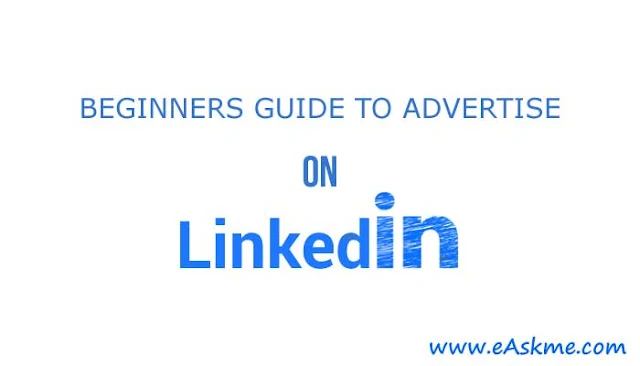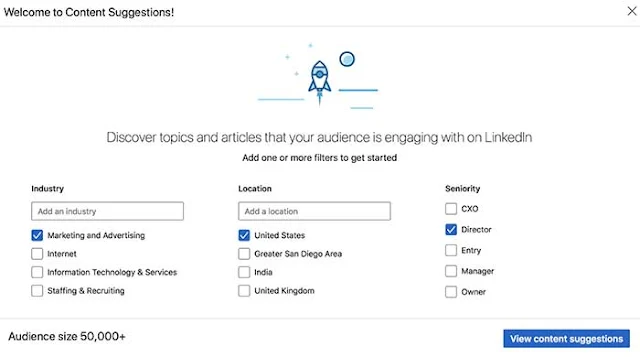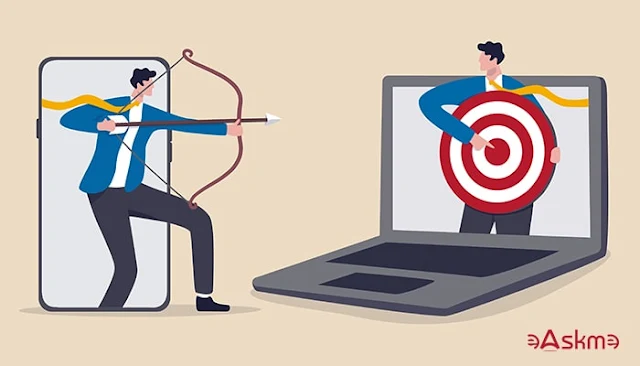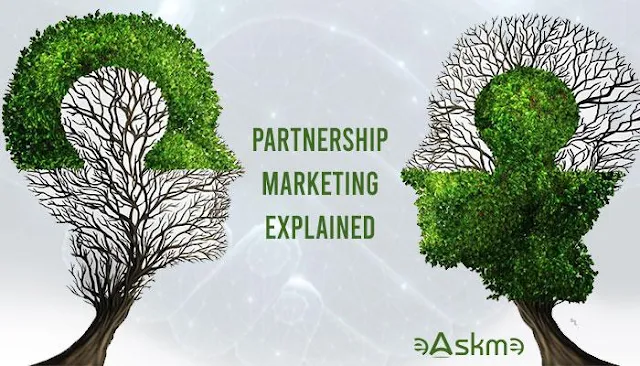We are in a data-driven world. There is an emergent integration of data science and digital marketing.
It refers to the marketing products and services online; here, data is used in informing decisions, creating personalization, and analyzing the effectiveness of a campaign.
Data science, in this case, helps marketers optimize their strategy through unlocked patterns from vast pools of data and actionable insights formed from them.
Learning a data science course is an essential skill for any professional in digital marketing today.
This blog will talk about the ways through which data science is revolutionizing digital marketing and why this is important for modern marketers to tap into the potential of data science.
 |
| Role of data science in digital marketing: eAskme |
Other people are reading: Omnichannel Marketing Guide
1. Personalizing Customer Experience
The most influential manner in which data science impacts digital marketing is the fact that it allows for personalization.
With the analysis of data, business organizations are able to understand what their customers like, behave, and habituate; hence, they are able to tailor their marketing to each user.
Recommendation Engines:
Amazon, Netflix, and Spotify use data science techniques to understand user behavior and offer relevant products, movies, or songs based on previous history of interaction.
For instance, Netflix recommends content in which a user has had an interest previously and thus has a high chance of engagement and retention by users.
Targeted Ads:
The marketer uses machine learning algorithms to segment audiences and give them highly personalized ads.
For example, Facebook and Google Ads are using user data like interests, location, and demographics to create a customized ad campaign, and that has improved click-through rates and conversions.
A business that uses data science for personalizing experience can be more connected with the audience, improve customer satisfaction, and boost loyalty.
2. Enhancing Customer Segmentation
Customer segmentation is a division of a customer base into groups of people sharing common characteristics.
Data science improves the effectiveness of segmentation significantly with the help of sophisticated algorithms for clustering that help in better classification of customers.
Behavioral Segmentation:
The application of data science can be applied in grouping customers based on their online behavior such as visiting a website, purchase pattern, and engagement with the content.
Demographic Segmentation:
The marketer would use demographic data along with predictive analytics to build targeted campaigns.
For example, a sports equipment brand will target its young and health-conscious audience with ads about gym gear.
Further segmenting to the most relevant level may boost engagement and conversion.
3. Optimize Marketing Campaign with Predictive Analytics
Predictive analytics uses data science approaches such as machine learning and statistical modeling to predict trends or behaviors in the future.
The predictive models may show some patterns extracted from historical data analysis indicating future customer actions. Thus, marketers can make informed decisions.
Lead Scoring:
Predictive models predict the lead conversions ratio.
It analyzes past interactions, demographics, and behavior. This enables marketers to direct their resources to the most promising leads, thereby enhancing the ROI.
Campaign Effectiveness:
For, marketers can forecast how successful an email marketing campaign would be using predictive models so that they can amend the messaging or targeting approach before running the campaign.
The data-driven campaign optimization brings forth more effective, ROI-positive campaigns.
4. Optimization of Content Strategy and SEO
The role of data science plays a very fundamental part in the optimization of the content strategy at large and SEO specifically.
Keyword Research:
Data science applied in keyword research can establish top-ranking keywords by doing research on searches people made, your competition, or even knowing what is meant to be by your customers.
Hence, it is easy to design how content can rank on more excellent results of search engines.
Content Performance Analytics:
The type of data science tool follows whether the content is doing all right on every platform.
This may incorporate metrics, such as time spent on a page or CTR and social shares.
He knows which form of content works for his target audience well, and hence the marketers may really focus on building more effective content.
Content Personalization:
Using the data of customer behavior, digital marketers can dynamically change content on websites and email campaigns to suit individual interests.
Data science allows marketers to create data-driven content strategies that resonate with their audience and improve organic reach.
Learn data science and digital marketing courses to tackle the challenges of the modern digital landscape.
5. Attributing Conversions to the Right Channels
The most challenging challenge of digital marketing is which channels convert.
Data science helps marketers understand the sequence of user actions that occurred over multiple touchpoints, allowing marketers to attribute value across all touchpoints.
Multi-Touch Attribution:
The conventional models attribute all the credit to either the first or the last touchpoint a customer touches before converting.
Through data science, multi-touch attribution models track and provide credit for all interactions of the customer with the brand-from when the customer first sees the advertisement up until the final purchase.
Customer Journey Analysis:
Analyze customer journey with data science tools to understand user behavior.
6. Optimize Ads Spend with Real-time Analytics
Marketers use real-time analytics with data science to optimize digital advertising spend. It will help in tracking and adjusting your campaigns in real-time.
Data science helps through platforms like Google Ads, Facebook Ads, and programmatic advertising by optimizing the following:
Bid Optimization:
Data-driven algorithms can automatically adjust bids based on factors like time of day, competition, user behavior, and past performance to ensure the highest possible return on ad spend (ROAS).
Ad Targeting and Re-targeting:
Based on user behavior and interaction, data science will help figure out the relevant audience segments for ads. Use it to re-target users who have expressed interest but haven't converted yet.
Real-time data-driven optimization ensures that marketing dollars are spent in the right place, with higher engagement and conversions.
7. Sentiment Analysis and Social Listening
Brand reputation is everything in the world of digital marketing.
Data science falls under the umbrella of sentiment analysis, which helps marketers understand how customers feel about a brand, product, or service through social media reviews, blogs, and forums.
Track public opinion:
The marketers follow up on the real-time sentiments of customers through the application of the sentiment analysis tool to understand whether the clients are talking about the brand in a positive or negative light.
This helps follow up with reputation management proactively.
Social Media Insights:
Social listening tools scan massive amounts of social media data to find trends, customer opinions, and competitor activity.
This way, marketers can align their strategies with the interests and needs of their customers.
Sentiment analysis allows businesses to adjust their digital marketing strategies based on real-time customer feedback.
8. Automating Marketing Tasks with AI and Machine Learning
Data science allows marketing automation tools to be powerful. This simplifies performing complex marketing operations with human intervention.
Email Automation:
Machine learning algorithms are able to recognize user actions and send relevant emails depending on what a customer performs.
For instance, a customer may receive an email to purchase from the abandoned cart or recommended products after certain user activities.
It relates to customer support, especially regarding AI-powered chatbots and the utilization of natural language processing, which engages a customer with real-time inquiries where recommendations are personalized, which raises engagement and satisfaction for that customer.
Chatbots reduce the time and opportunities of making mistakes while providing higher, more personal service to a customer.
Conclusion:
Data science is revolutionizing digital marketing with tools and techniques that let businesses make better-informed, data-driven decisions.
Personalizing content and optimization of the campaigns to the improved segmentation of customers, real-time analytics--data science strengthens every component of digital marketing.
The greater it grows with time, the more professionals are able to reap the power data science provides will lead to delivering significantly more effective, targeted, and efficient marketing strategies.
Investing your time in this preparation could lead you to secure your dream job and advance in your data science career.
Intellipaat's data science interview questions will prepare you for a career in data science and also ensure success in that field.
Other helpful resources:























